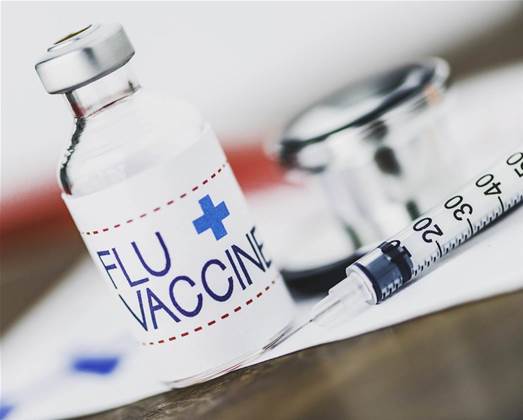Australian researchers have developed a flu forecasting tool that could potentially map the outbreak of disease in a pandemic or bioterrorist attack.

University of Melbourne researchers and the Defence Science Technology Group teamed up to create what they have called EpiFX, software that combines the concept of probability inference with susceptible, exposed, infected and recovered (SEIR) compartmental disease models.
It is currently being used to pull in data from several Victorian health authorities to generate weekly predictions that can be used to forecast flu trends 4-5 weeks in advance. The researchers then share these insights back with the health sector.
While this might not be enough time to adequately ramp up production of flu vaccines, there’s hope it could be useful for hospitals and clinicians to prepare their practices for an influx of patients, or alter policy around places that pose a high risk of transmission like schools and public transport.
Project lead Dr Rob Moss says the team wants to expand beyond Victoria to work with all states and territories.
But the technology does face challenges. During last year’s flu outbreak, backlogs in pathology departments and delays in manual processing resulted in a lag in the data the tool relies on.
Professor James McCaw, another lead on the project, says this provides “a clear reason for the (re-)evaluation of current data management practices and the need for fully electronic workflows”.
Regardless of its limitations, the tool has caught the eye of the US Department of Defense, which is exploring whether it can be adapted for use with other contagious diseases like Ebola and the Zika virus, or in the event of a bioterrorism attack.
“When an outbreak occurs, either naturally or through an act of bioterrorism, the forecasting tool provides the crucial link between scenario planning, which has been conducted in preparation for future events, and real-time data analysis," McCaw said.
“That kicks in when people affected by the virus start to arrive at emergency departments, or when in a particular environment, such as a barracks, soldiers start displaying symptoms.
“Analysis of that data shows us how quickly a virus is spreading, and initiates an appropriate and proportionate response.”
The department is now working with the researchers to develop the tool to be able to identify the level of threat from a bioterrorism attack and recommend an appropriate response, like shutting down public transport and closing schools.
“We are still developing and refining our forecasting, but in the event of a health emergency, we are in a better position to respond than we have ever been, as we improve our ability to integrate forecasting with our scenario analyses," McCaw said.


_(22).jpg&h=140&w=231&c=1&s=0)

_(20).jpg&h=140&w=231&c=1&s=0)
.png&h=140&w=231&c=1&s=0)



_(26).jpg&w=100&c=1&s=0)

 iTnews Executive Retreat - Security Leaders Edition
iTnews Executive Retreat - Security Leaders Edition












_(1).jpg&h=140&w=231&c=1&s=0)



